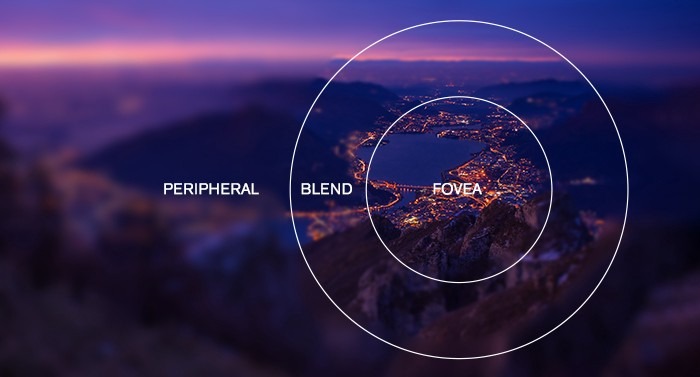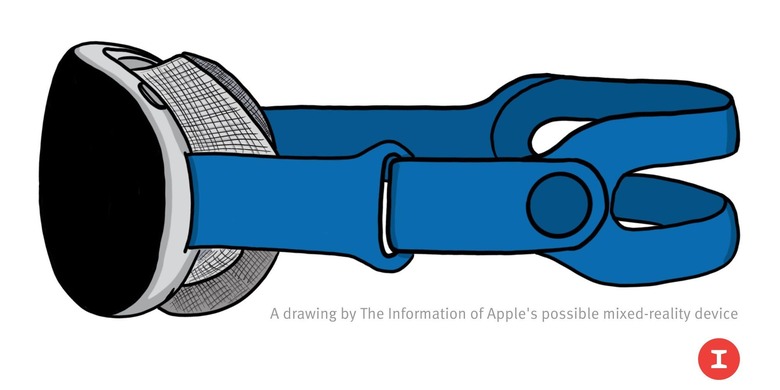Apple's $3k Mixed-Reality Headset Could Pack Twin 8K Displays
Apple's first mixed-reality headset will be no Oculus Quest alternative, new leaks suggest, with a supposed price tag – and high-end specs – that would put it among the company's most expensive Mac and display models. Long rumored, though believed to be finally headed to market around 2022, the first-generation Apple VR/AR headset would be more akin to a Microsoft HoloLens in positioning and cost.
HoloLens – now in its second generation – is Microsoft's mixed-reality headset, with transparent displays worn in a visor-like arrangement. Priced at around $3,500, it's targeted not at regular consumers, however, but businesses and factories, with applications such as augmented reality collaboration and remote support.
Apple's approach would be different, however. The company plans to use twin 8K displays, one for each eye, far outperforming any current AR/VR headset in the market, according to a source speaking to The Information. That huge resolution – equivalent of looking at two of the most cutting-edge TVs – would allow for super-crisp graphics and more realistic interfaces and virtual objects.

The downside to twin 8K resolution, of course, is the processing power needed to drive those displays. Apple's answer, the insider says, is what's known generally as foveated rendering. It relies on the fact that human vision is only really precise in the portion where the individual's eyes are directly pointed; everything around that, in their peripheral vision, is far lower quality.
With eye-tracking cameras, then, foveated rendering can track where the user is looking and prioritize what part of the scene is rendered to the highest quality. In short, the portion of Apple's headset displays you're actually looking at would be rendered at 8K, requiring maximum GPU power; what's around that could be much lower quality, however.
Apple isn't alone on working on that technology. We've seen Qualcomm push it in its Snapdragon XR2 headset platform, as a way to maximize performance from its mobile chipsets, while the HTC VIVE Pro Eye headset also supports foveated rendering. Concepts from Fraunhofer FEP back in 2017 even baked the eye-tracking cameras directly into OLED panels for a more streamlined headset.

Exactly what approach Apple is using is unclear, but the Cupertino mixed-reality headset certainly won't be short on cameras. It'll apparently feature more than a dozen, used for tracking hand movements as well as eyes. That way, wearers will be able to use gestures to control the interface, along with interacting with virtual objects.
Even with processing demands tempered, however, Apple's system won't be cheap. Internally, it's said, there's been talk of a $3,000 price tag, apparently: that's about half of what a new Mac Pro would cost you. As a result, it's likely to be of limited sales appeal: indeed, it could really be more of a stepping stone for developers and mixed-reality experience creators wanting to get started on building content for the eventual "Apple Glasses" or "Apple Glass" which previous leaks have pegged as coming from 2023. They would be much more lightweight and affordable, it's suggested, and target a more mainstream consumer audience.
As for the design, The Information says it saw internal images of what's described as a "late-stage prototype" which showed similar styling to the AirPods Max headphones released in December 2020. That includes "a sleek, curved visor attached to the face by a mesh material and swappable headbands" seemingly borrowing the idea from the interchangeable components in the headphones. Those have swappable ear cups, for example, held in by magnets.
